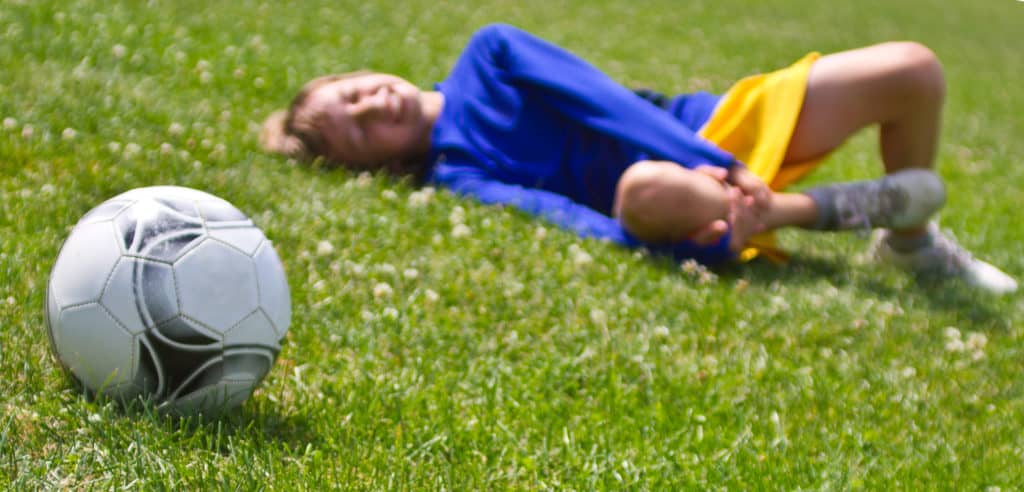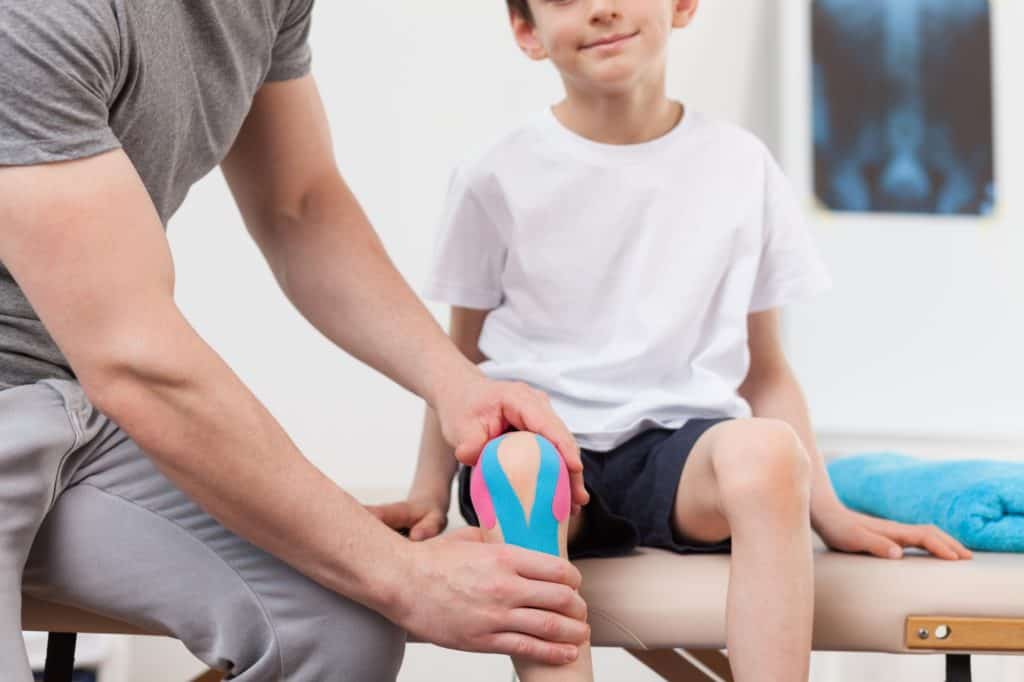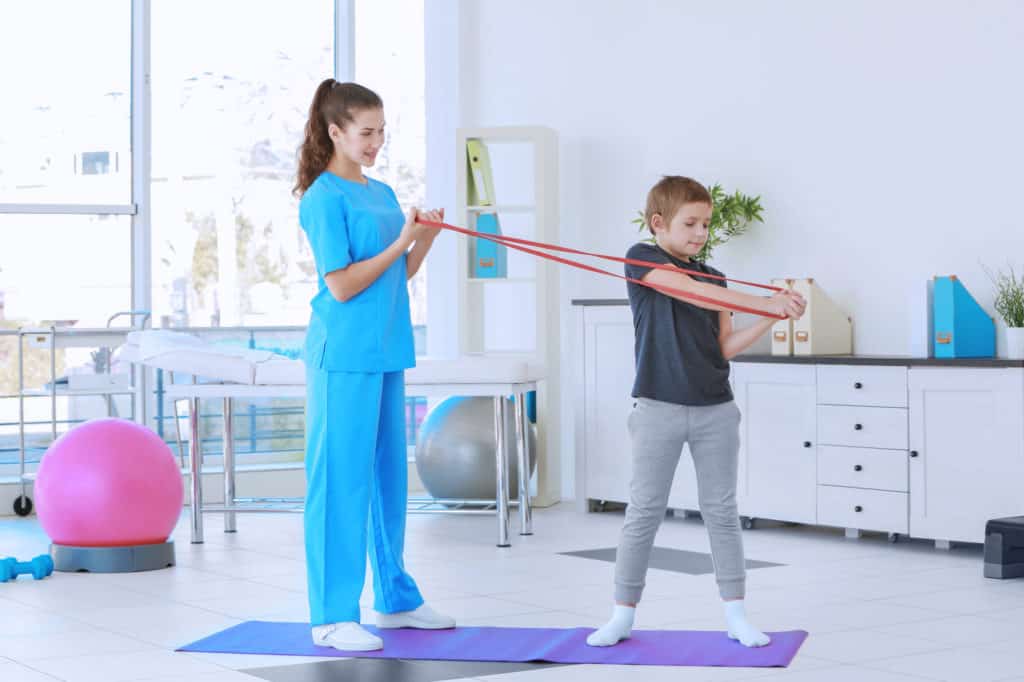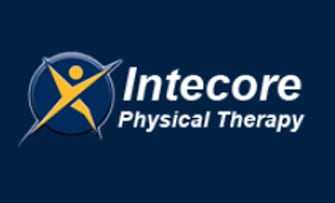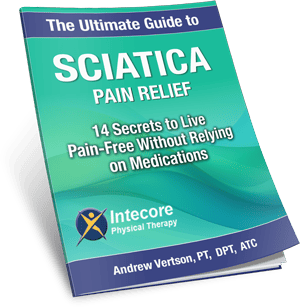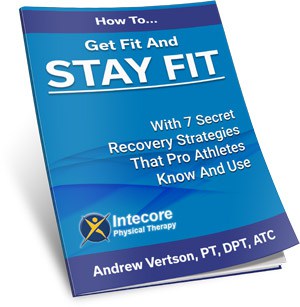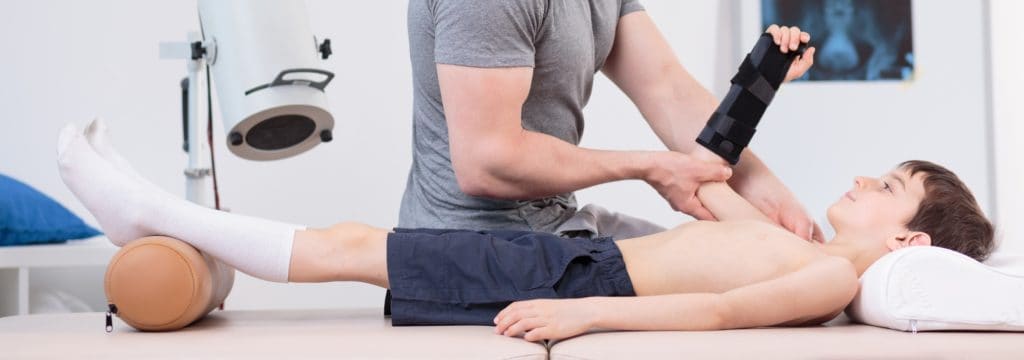
The natural assumption for most people revolves around the concept that physical therapy is for adults. After all, children don’t really suffer from the degenerative effects of aging. It’s quite the opposite. Right?
Well, you need to remember that health conditions and accidents can happen to anyone – regardless of gender or age. It’s not just the impacts of getting older that lead individuals into a need for physical therapy.
With children and young teenagers, especially those who enjoy contact sports or are proactively energetic, the chance of injury can become high.
Let’s be honest, very few of us made it through childhood without sustaining some form of injury. Children are curious explorers of the world around them, and sprains, broken bones, strains, and muscle damage is an expected part of parenting.
More Blogs From Intecore
The Importance Of Staying Hydrated In Summer Weather
I Have Pain That Shoots Down My Hip And Leg. Help!
It’s hard not to worry, though. We get it.
Yet, unless you ban the activities that make childhood both fun and developmental (bike riding, soccer, hockey, gymnastics etc.), you can’t always prevent accidents from occurring.
What you can do, however, is help them to recover and heal the best that you can. And that’s where physical therapy comes in.
Should an incident occur, and your child then requires help to get back on their feet, you can rest assured that physical therapy is perfectly safe for children – just as it is for adults, too.
Physical therapy is hugely beneficial for your child’s mental or physical impairments, or chronic health conditions that may affect their potential to achieve a high quality of life.
With that knowledge, we are more than confident in stating that physical therapy remains one of the greatest gifts you can give a growing child. And we’ll now delve into the benefits of physical therapy for children, the medical conditions that it can be effective for, and highlight the necessary precautions to keep your child healthy and safe.
Physical Therapy & Children
So, firstly, we need to address what physical therapy is.
Physical therapy is a non-injurious, and non-invasive, form of treatment that aids in restoring the physical body and assisting the proper functioning of your limbs, muscles, spine, and joints.
Any PT session will incorporate gentle exercises, muscle and joint manipulations, and other activities to address and overcome an injury or healthcare condition. Physical therapy for children doesn’t stray from this proven formula.
Depending on the child’s condition, the therapy can last for as little as a few weeks, to several months, or even a year or more.
The objective of physical therapy for children is subject to the ailment we treat. But some of the benefits of Physical Therapy, specifically for children, are:
Improvement in mobility and walking gait
Pain reduction
Rehabilitation of existing injuries
Disability prevention
Not having to opt for surgical intervention
Management of chronic injuries or illnesses
Prevention of future injuries
When selecting a licensed physical therapist for your child, it’s essential to choose one who has experience providing physical therapy for children. They’re not just “mini-adults” – children’s bodies and bones are different.
Where PT for children may differ from mainstream physical therapy for adults is in the relationship between patient and therapist. While it’s always important for any adult to build a trusting relationship with their therapist, it’s arguably even more important for children.
Children require more trust to be built, and a positive relationship to be fostered. If the therapist and child don’t develop a healthy ‘tutor-pupil’ mentality, then there is little chance of getting the child to undertake the required exercises.
As any parent will know, unless children are engaged and ‘having fun’, then they won’t focus. And you can’t get the best out of physical therapy sessions if you aren’t focused!
Does Your Child Need Physical Therapy?
Any physical therapy program helps to facilitate movement, and for your child, that’s really important!
It helps them to use their natural abilities to overcome physical impairments and adversity.
Of course, physical therapy benefits each child differently; depending on the individual challenges they face and physical impairments.
For example – in cases of cerebral palsy, physical therapy plays an imperative role in helping your child regain control of certain parts of the body that are affected by the condition.
To achieve this goal, physical therapists work with your child in a planned manner (carefully managed over time) to help improve their mobility and gain greater control.
If your child is part of a sports team, and sustains an injury while active, physical therapy can be a huge help in aiding recovery and speeding up the recovery time. For instance, if your child damages their cruciate ligament while playing soccer, PT helps them to regain strength quickly, minimize scar tissue, and prevent future disability.
Future disability? Yes. An improper function can occur from badly healed injuries. In the worst-case scenarios, this can lead to certain disabilities later in life.
Seeking physical therapy is also hugely beneficial when it comes to post-surgical rehabilitation. If your child has recently been discharged from the hospital following surgery, then PT can relieve post-surgical pain, and restore muscle control. Strength can also be rebuilt through targeted exercise.
Physical therapy is also helpful for:
Delays in development
Genetic abnormalities
Congenital disabilities
Injuries to the head
Surgical recovery
Injuries from overuse
Muscle diseases
Any of the above-mentioned reasons could hamper your child’s ability to grow, walk or talk normally. While that sounds like doom and gloom, it’s wise to remember that physical therapy for children can help improve the situations, and even sometimes prevent further development of the problem.
We’ve already mentioned it, but PT treatments can help give your child as much independence as possible. By having that independence, they are carried positively into adulthood. We cannot stress how important that is for your child’s future!
Physical Therapy Treatments For Children
Since specific conditions and individual symptoms vary between children, the methods and treatment we use in child-focused physical therapy sessions differ from case to case. We don’t generalize. We take the time to get to know your child – after all, what works for some, doesn’t necessarily work for everyone.
The exact line of treatment prescribed in a child’s Individualized Treatment Plan depends on each child’s specific needs. But some of those treatments may include:
Flexibility and stretching exercises to improve mobility
Electrotherapy or heat/cold therapy
Ultrasound for improvement of circulation in injuries
Specific training exercises that help to gain strength
Water-based exercises to diminish the impact on joints
Adaptive movements to help your child overcome any permanent physical disability
When it comes to muscle control, a physical therapist will introduce balance and coordination movements. Alongside this, your child’s physical therapist may also provide instructions and homecare advice for better posture to reduce the risk of injuries in the future.
We maintain a file for your child to record their abilities at the start of treatment and conduct tests to determine what improvements they make throughout their treatment. We also suggest exercises for your child to do at home between appointments.
Important Information And Safety Measures
We’re a family practice at Intecore PT. We understand how precious your children are to you. So, while our physical therapists always give the utmost importance to patient safety – if it’s possible – it’s even more so in pediatrics.
We remain confident about how safe and non-invasive physical therapy is. However, nothing in life is 100% risk-free. That’s not to say that PT poses a direct risk to your child, but – in some cases – your child may complain about how uncomfortable they feel post-PT session.
Don’t panic, however. This discomfort is completely normal.
After physical therapy, especially in the early stages and your child’s first appointments, a certain amount of discomfort is to be expected.
Physical therapy works with weaker parts of the body, and those areas can feel somewhat tender or sore afterwards. Your child may also feel more tired than usual. That does not mean that they will be in pain, though.
If your child does experience difficulty or pain (or any other negative symptom) after their sessions, ensure that you tell the therapist. This helps them to determine whether the movements from the session may have aggravated something. Future sessions can then be altered accordingly.
One other thing to consider – enthusiasm! If your child is over-enthusiastic, we need to make sure that they don’t overdo it. That’s why we give instructions with any recommended home exercises, where it’s outlined how often your child should perform them. This helps to avoid any further injury!
How To Get Physical Therapy For Your Child
Children grow quickly – so time is of the essence. Don’t delay getting treatment for your child if you think they need it because it may negatively affect their future potential. But there are some things to bear in mind when considering physical therapy for your child.
Most US states permit children to get physical therapy without requiring a doctor’s referral. However, subject to the state laws you live in, there may be times when you need a referral from a doctor. In addition, in states where referrals are not required, getting physical therapy may interfere with your health insurance plan. Therefore, before consulting a children’s physical therapist, it’s advisable to do the following:
Go through your insurance policy to confirm whether you need a referral for coverage.
Browse through the American Physical Therapy Association (APTA) list to determine if you need a doctor’s referral before an appointment. You could also confirm the same from the child’s physical therapist.
Certain US states require a doctor’s approval before consulting a physical therapist. In certain instances, the Physical therapist might need to speak to a doctor about the line of treatment, so you need to check the same with the therapist.
Before beginning the treatment, if a referral is needed, you can get it from a surgeon, physician, or health professional as per the state laws.
Also, if your child is already under the care of a physician, it’s advisable to seek their advice if you plan to take them to see a children’s physical therapist.
At Intecore Physical Therapy, we treat the whole family and specialize in pediatric physical therapy. To find out more, book a free call to chat through your child’s requirements with one of our friendly physical therapists.
We also offer an option for you to bring your child along to the clinic for a Discovery Visit – to check that we’re the right choice for you and them.
—–
This is an expanded version of a blog originally published on our sister site. You can read the original blog here.
- How Many Hours of Sleep Do You Need for Recovery and Injury Prevention? - September 8, 2025
- Can Physical Therapy Help You Avoid Surgery? - August 1, 2025
- 7 Ways to Get Rid of Tension Headaches Naturally - July 1, 2025



